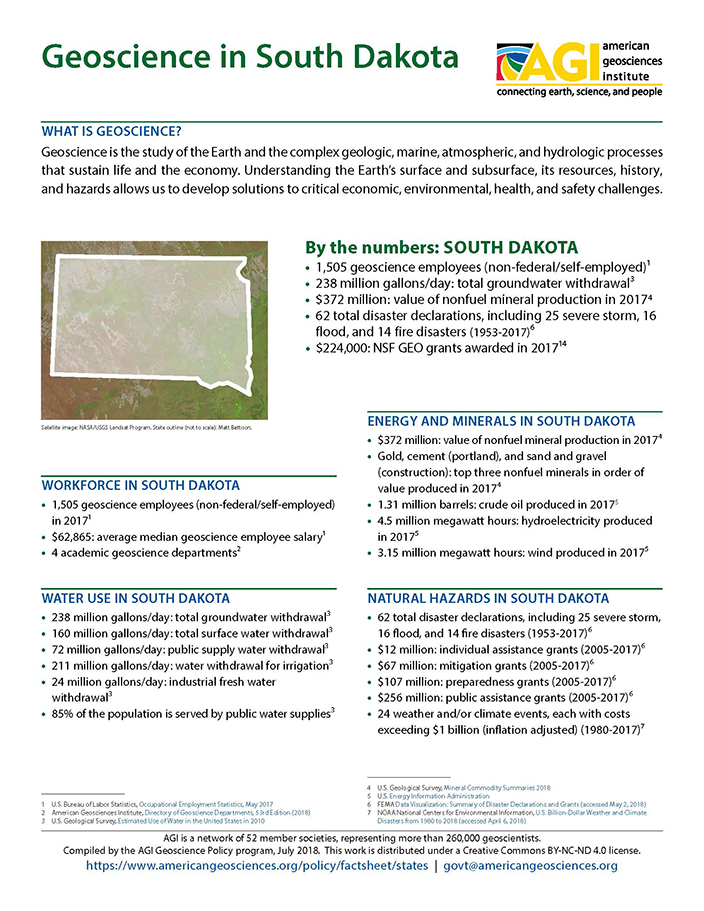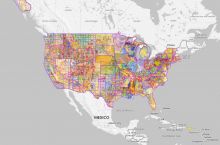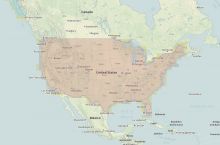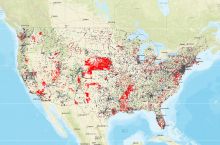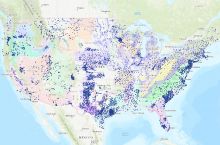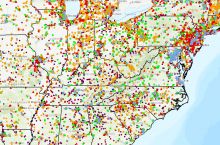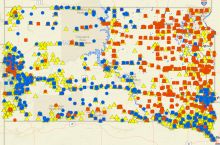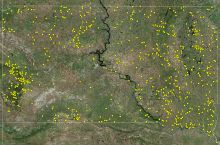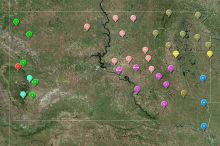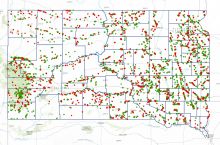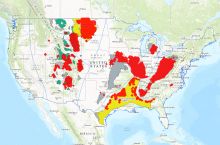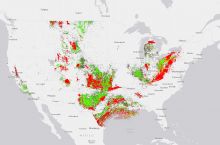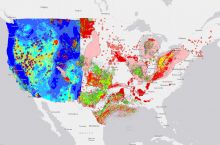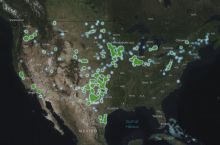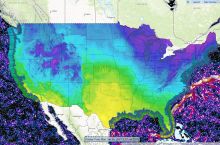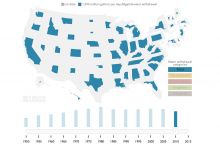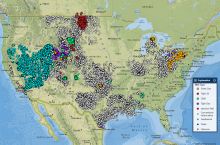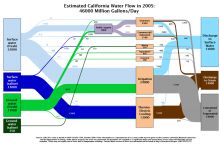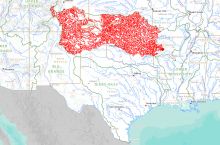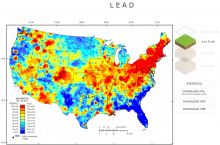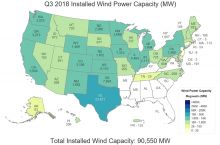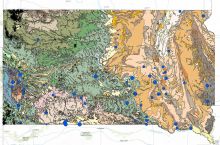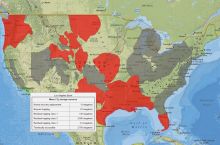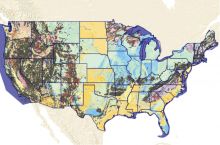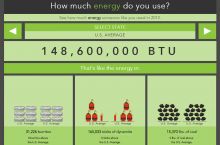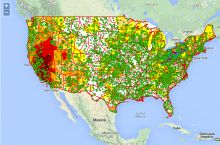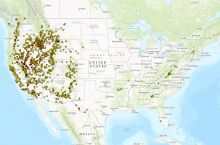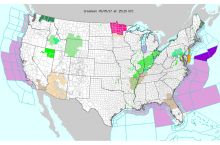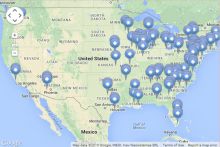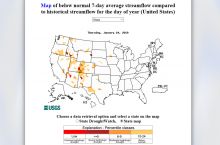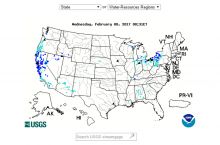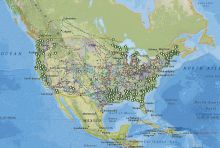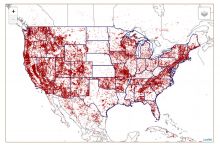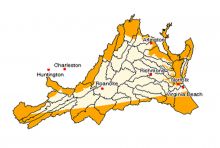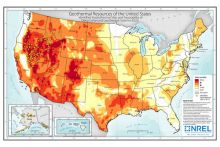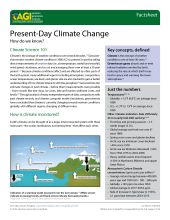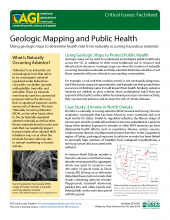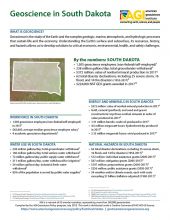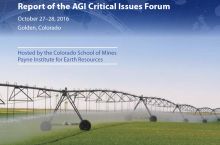By the numbers: South Dakota
- 1,505 geoscience employees (excludes self-employed)1
- 238 million gallons/day: total groundwater withdrawal3
- $372 million: value of nonfuel mineral production in 20174
- 62 total disaster declarations, including 25 severe storm, 16 flood, and 14 fire disasters (1953-2017)⁶
- $224,000: NSF GEO grants awarded in 201714 ...
Agencies Working on Geoscience Issues in south dakota
To protect public health and the environment by providing environmental monitoring and natural resource assessment, technical and financial assistance for environmental projects, and environmental regulatory services; all done with reduced red tape, expanded e-government functions, and exceptional customer service to promote a prosperous economy while protecting South Dakota's environment and natural resources for today and tomorrow.
The mission of the Geological Survey Program is to perform scientific investigations that are designed to generate information on South Dakota's geologic and hydrologic resources. Fundamental aspects of those investigations are to include the collection, interpretation, and dissemination of geologic and hydrologic information leading to (1) a better understanding of the geology and hydrology of South Dakota, (2) better and easier use of the information by government, industry, and the public for decisions related to resource development and protection, (3) greater economic development, and (4) a better quality of life for South Dakota's citizens.
The purpose of the OEM is to protect South Dakotans and their property from the effects of natural, manmade, and technological disasters.


